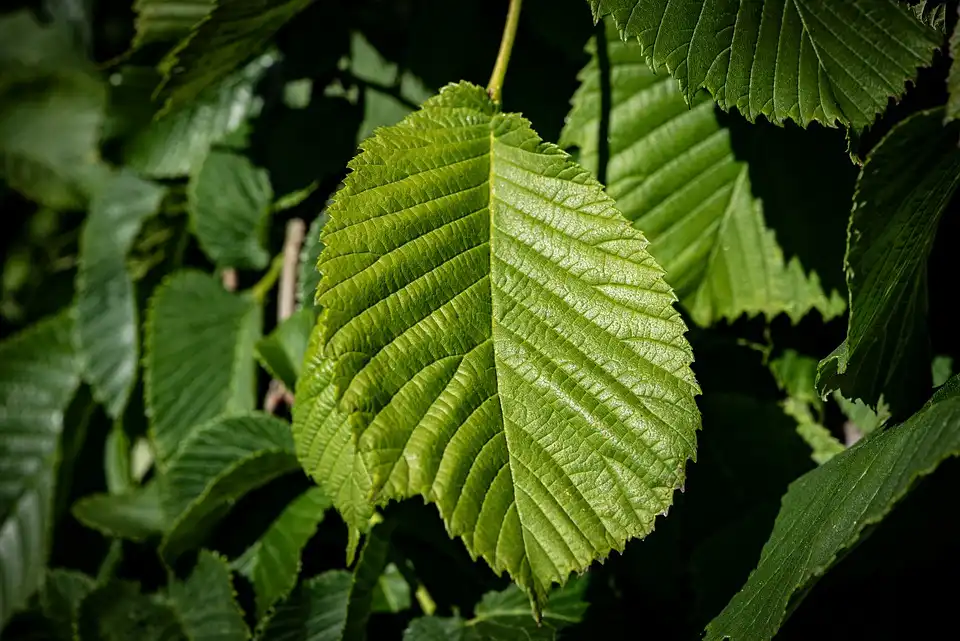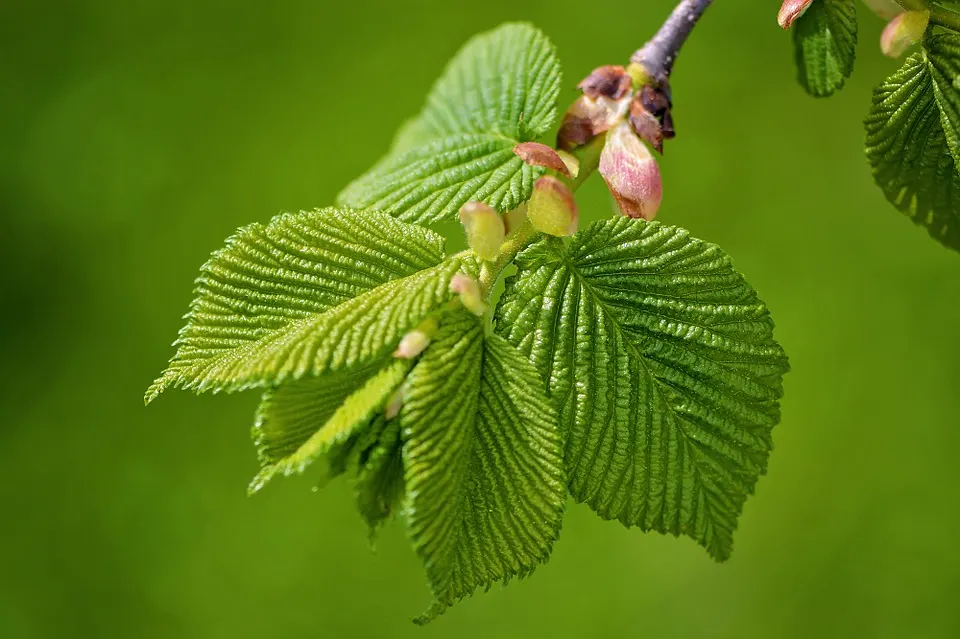How to Grow a Chinese Elm from Cuttings
The Chinese Elm (Ulmus parvifolia) is a deciduous tree from the Ulmaceae (elm) family. It’s native to China, Korea, and Japan. Its common names are also Drake Elm and Lacebark Elm. It’s a tough, durable tree that grows quickly to 40 and even 80 feet tall and spreads very wide. The Chinese Elm makes a lovely street or urban tree resistant to Dutch Elm disease and air pollution. The bark provides interest in winter as exfoliation leaves irregular attractive orange, gray, green, and brown spots.
It prefers well-drained soil but tolerates wet sites and can tolerate salt in moderation. It can adapt to different soil and pH types. Many different cultivars of the tree are available. The Chinese Elm is easy to transplant and is the most popular of the elm trees for Bonsai. It’s very suitable as a Bonsai plant because its branches are fine and its leaves are small.
In this quick guide, we’ll show you how you can take a Chinese Elm cutting and grow it into a bonsai.

Don’t Confuse the Chinese Elm With Other Trees
The Chinese Elm is sometimes confused with the Zelkova tree from Japan. But Chinese Elms have a scaling bark with orange patches when they’re mature, while the Zelkova’s bark is smooth. Chinese Elm leaves have a glossy surface, while Zelkova leaves are narrower and more pointed. The Siberian Elm (Ulmus pumila) is also similar to the Chinese Elm. It’s native to Eastern Siberia, Middle Asia, Mongolia, and Northern China. It has larger double-toothed leaves and develops a deeply furrowed bark.
We have a detailed bonsai tree care guide with all the relevant information. Check the guide out here!

Growing Elm Trees from Cuttings
Chinese Elms are usually propagated with stem cuttings from a mature tree to grow clones. It’s easy to propagate Chinese Elm Bonsai trees from cuttings, and the process rarely presents any problems.
Propagation
Cultivating trees from cuttings is very popular among Bonsai growers. The main reason is that it’s an inexpensive way to propagate new trees. It also reduces the time it takes to grow new trees from seeds by about a year. But growing a tree from cuttings will still be a test of your patience. But it’s an excellent way to style Bonsai trees. You won’t have to deal with wounds after pruning thick branches, which is common when you’re styling nursery stock.
How to Get Suitable Cuttings
Start by selecting a branch from a healthy Chinese Elm. It should have mature foliage. The wood should be partly mature, meaning not green but still flexible. Sterilize sharp shears with rubbing alcohol or water with a bit of bleach in it and cut the branch off. Then take cuttings 2-4” (5-10cm) long and 1/8” (3-5mm) thick from directly below a leaf node.
Timing is Important
The best time to take and plant your cuttings is during spring and summer, between June and September. Some hardwood cuttings can be prepared and planted in the late summer after their growing season.
Planting the Cuttings
Leave the cuttings in water and prepare to plant them. Fill 10-inch planting pots with peat moss or peat moss mixed with an equal amount of vermiculite or perlite. With a finger, make a 3-inch deep hole in the middle of each pot.
Remove the leaves from the bottom 3 inches of the cuttings. Dip them into rooting hormone to cover the bottom 3 inches completely. Slide the samples into the holes and fill around the cutting with the rooting medium.
Watering
Water the pots liberally. Place them in a warm room. Every other day, mist the cutting with a spray bottle. Repeat for eight to 10 weeks while the cuttings take root.
While it is growing into a tree, the Chinese Elm cannot endure prolonged drought or constant moisture. Wait until the topsoil dries, then water it generously, making sure you water the entire root mass.
Placement
The Chinese Elm can grow happily in full sun or partial shade. If you have an indoor Chinese Elm Bonsai, you can keep it outside in summer, but bring it into a cool room in winter. The Chinese Elm can endure frost, but trees from northern Chinese regions are more resistant to frost than those from southern areas.
Fertilizing
Make sure to provide plenty of fertilizer to nourish your Chinese Elm Bonsai during the growing season. You don’t need fancy fertilizers. A combination of solid organic fertilizer with a well-balanced liquid chemical fertilizer works well. No fertilization is necessary in winter when the tree is dormant.
Pruning and Wiring
The Chinese Elm tree thickens fast. It therefore needs to be trimmed often to produce a network of fine branches. Once the shoot has extended by 3 to 4 nodes, prune it to 1 or 2 leaves. After vigorous pruning, the Chinese Elm buds well. Late autumn is the best time to prune bigger branches. You can shape the tree as desired by using standard wiring.
Repotting
When they are young, you should repot Chinese Elm trees every two years. As they grow older, you can repot them at longer intervals. The best time to repot is in spring. The elm’s roots tend to grow intertwined, so it’s important to prune them precisely. A well-draining standard soil mixture will work well.
Pests and diseases
In low humidity, spider mites or scale can infest the Chinese Elm. Use pesticides to prevent this. Frequent spraying with water also helps to deter pests and diseases. Don’t spray the Chinese Elm with thinned lime sulfur or systemic pesticides. They can cause it to lose all its leaves.
Conclusion
Growing a Chinese Elm Bonsai tree from cuttings takes patience and perseverance. The process takes years before you have a tree that you can start shaping into a beautiful example of the Bonsai art. It’s a satisfying journey at the end of which you’ll have a creation you can enjoy and display proudly.






